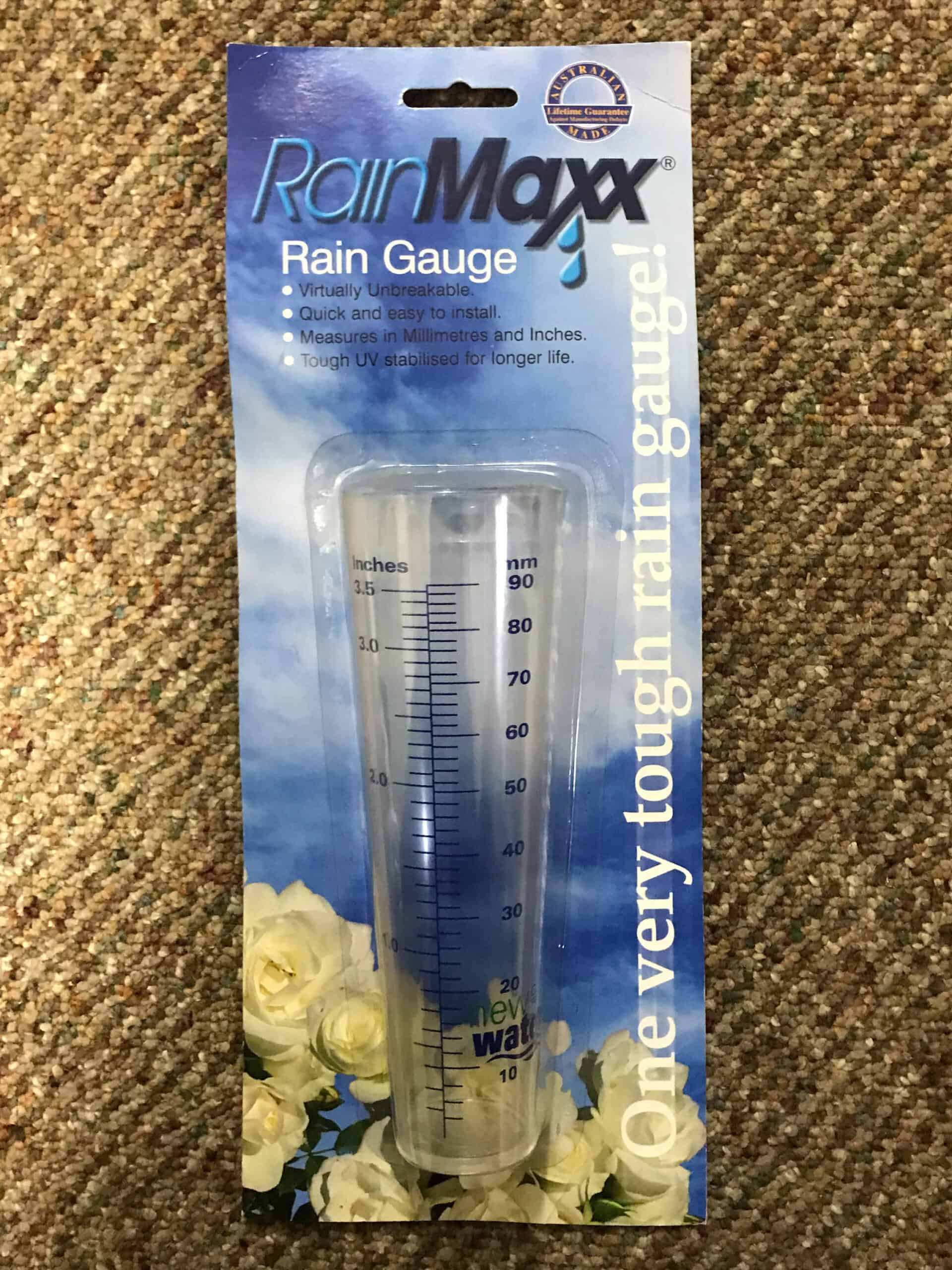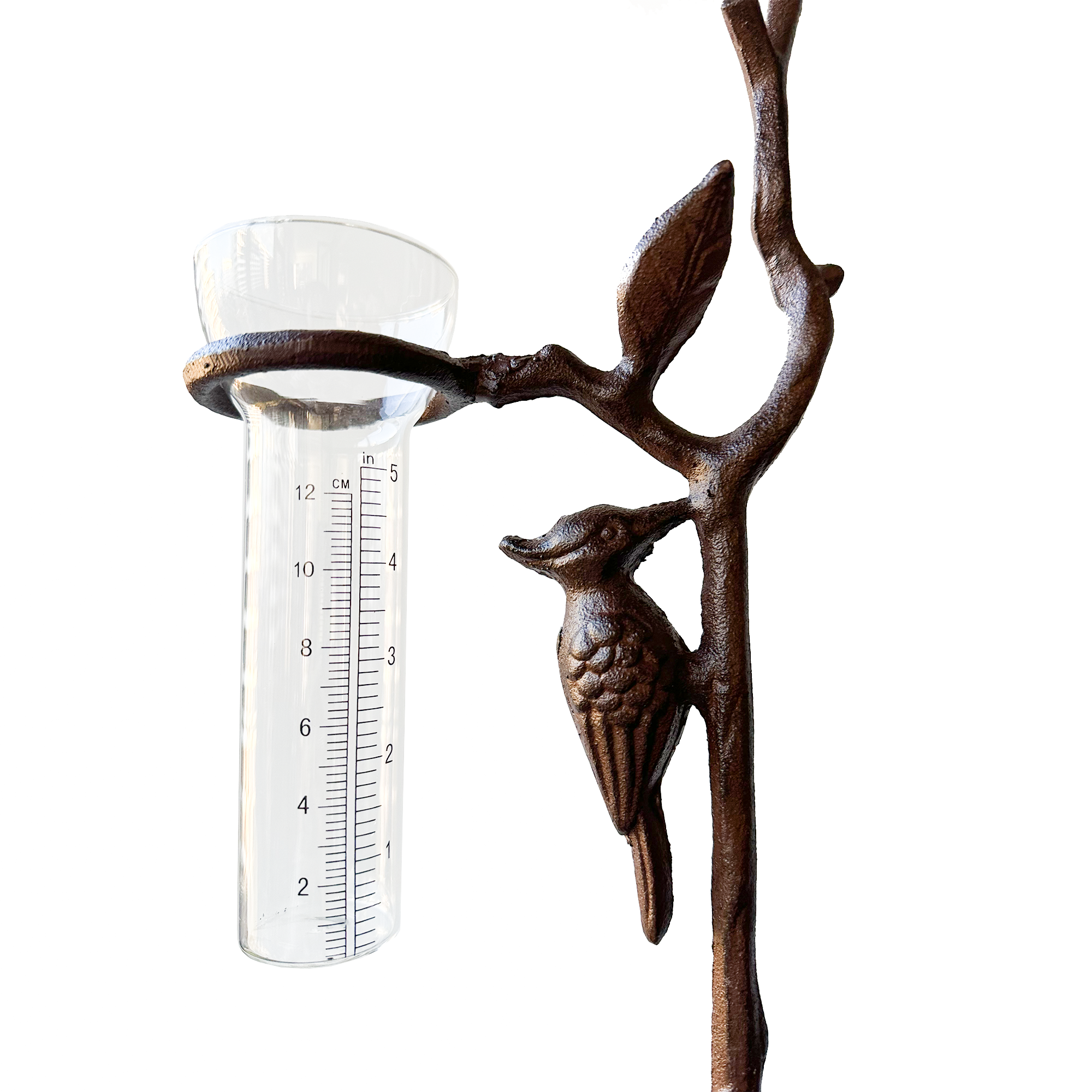How a Rain Gauge Can Boost Your Recognizing of Local Environment Patterns
How a Rain Gauge Can Boost Your Recognizing of Local Environment Patterns
Blog Article
Revealing the Science Behind Rain Determines: How These Instruments Play a Vital Duty in Climate Research Study and Environmental Tracking
Rainfall gauges, relatively straightforward devices, hold an extensive importance in the world of environment research and environmental monitoring. These simple tools silently collect one of nature's most necessary components-- rainfall. Behind their plain facade exists a complex scientific research that is vital for recognizing the dynamics of our atmosphere. As we peel back the layers of this scientific veil surrounding rainfall evaluates, we uncover a world where accuracy, information precision, and careful monitoring merge to introduce a much deeper understanding of our transforming environment and its influence on the world.
Relevance of Rainfall Gauges
Rain gauges play a crucial duty in surveillance and determining precipitation levels, providing vital information for environment study and analysis. These gadgets are basic in quantifying the amount of rainfall that takes place in a details location over a specific duration. By measuring and gathering rainwater, rain gauges offer useful insights right into the distribution and strength of precipitation, aiding meteorologists, hydrologists, and climatologists in understanding climate patterns and patterns.
Among the essential reasons rain gauges are crucial is their capability to offer local and accurate information. Unlike satellite or radar-based dimensions, which provide more comprehensive observations, rainfall assesses deal exact details certain to the location where they are positioned. This localized data is vital for numerous applications, including flooding forecasting, dry spell tracking, and water source management. Furthermore, lasting data gathered from rainfall gauges assists in analyzing climate modification influences and patterns, contributing considerably to clinical study and decision-making processes. Essentially, rainfall gauges work as crucial tools in the field of weather forecasting and ecological science, playing an important duty beforehand our understanding of weather condition and environment characteristics.
Kinds of Rainfall Scales

Performance and Procedure
In the world of climate research study and atmospheric research studies, the performance of rainfall evaluates lies in their intricate capability and specific operational devices. Rainfall assesses are created to precisely measure the amount of precipitation that falls over a details location during a collection duration.
The performance of rain gauges is based upon the principle of gathering and gauging rain in a standard manner. This gathered data is crucial for comprehending neighborhood climate patterns, tracking lasting climate trends, and evaluating environmental influences. To make sure precise measurements, rainfall determines need to be strategically placed in open locations away from obstructions such as buildings or trees that might disrupt the collection procedure.
The functional facet of rainfall assesses entails regular upkeep to avoid debris buildup, calibration checks to preserve measurement precision, and data videotaping for evaluation see this site (rain gauge). On the whole, the performance and procedure of rainfall assesses are necessary for gathering trusted rainfall data essential to climate research and ecological tracking
Duty in Environment Study
Offered the important significance of precise rainfall measurements in understanding weather patterns and ecological effects, the role of rainfall determines in environment research study is indispensable. Rain assesses provide crucial data for climate study by measuring the quantity of rainfall that drops over a particular area during a provided duration. This data is critical for keeping an eye on long-term patterns in precipitation patterns, assessing the impact of climate modification on rains distribution, and boosting climate models.

Environment scientists make use of information gathered from rainfall evaluates to evaluate variations in rainfall degrees, identify local environment trends, and evaluate the effectiveness of water source management methods. By comparing historic rainfall data with current measurements, researchers can spot changes in rainfall patterns, such as changes in the regularity or strength of rains occasions. This details is important for recognizing how climate modification is affecting rainfall characteristics and can help policymakers make informed decisions concerning adjustment and mitigation techniques.
Applications in Ecological Surveillance

In flooding projecting, rainfall gauge data helps to track rains strength and distribution, have a peek here enabling authorities to provide timely cautions and take essential actions to minimize flood risks (rain gauge). Drought monitoring relies upon rain gauge information to examine wetness levels in the dirt and track rainfall deficits, assisting in the recognition of drought-prone areas and the implementation of dry spell action techniques
Furthermore, rain gauge information plays a crucial duty in water source monitoring by offering my website information on water availability and usage trends. This data is made use of to make enlightened choices regarding water allotment, preservation steps, and lasting water source planning. Furthermore, in agriculture, rain scale information helps farmers in enhancing watering routines, crop choice, and general farm monitoring practices based on neighborhood rainfall patterns. On the whole, rain assesses are important tools in ecological surveillance, using valuable insights that add to informed decision-making and sustainable resource monitoring.
Conclusion
In verdict, rain determines are necessary devices for gauging precipitation, offering useful data for environment study and ecological surveillance. With numerous kinds and capabilities, rainfall assesses play a critical duty in recognizing rainfall patterns and their effect on the atmosphere. By precisely measuring rainfall, these tools add to the innovation of clinical expertise and assistance in making educated choices associated to water resource management and disaster readiness.
Rainfall gauges play a vital duty in surveillance and gauging rainfall levels, offering vital data for climate research study and analysis. The standard rainfall scale, understood as the "tipping pail" gauge, is one of the most typically used devices. Ultrasonic rain evaluates usage noise waves to identify the existence of rainfall, providing real-time data on precipitation degrees.Climate scientists make use of information gathered from rainfall assesses to analyze variants in precipitation degrees, identify local environment trends, and examine the effectiveness of water source management approaches.In final thought, rainfall evaluates are essential tools for gauging precipitation, giving important information for climate research study and environmental tracking.
Report this page